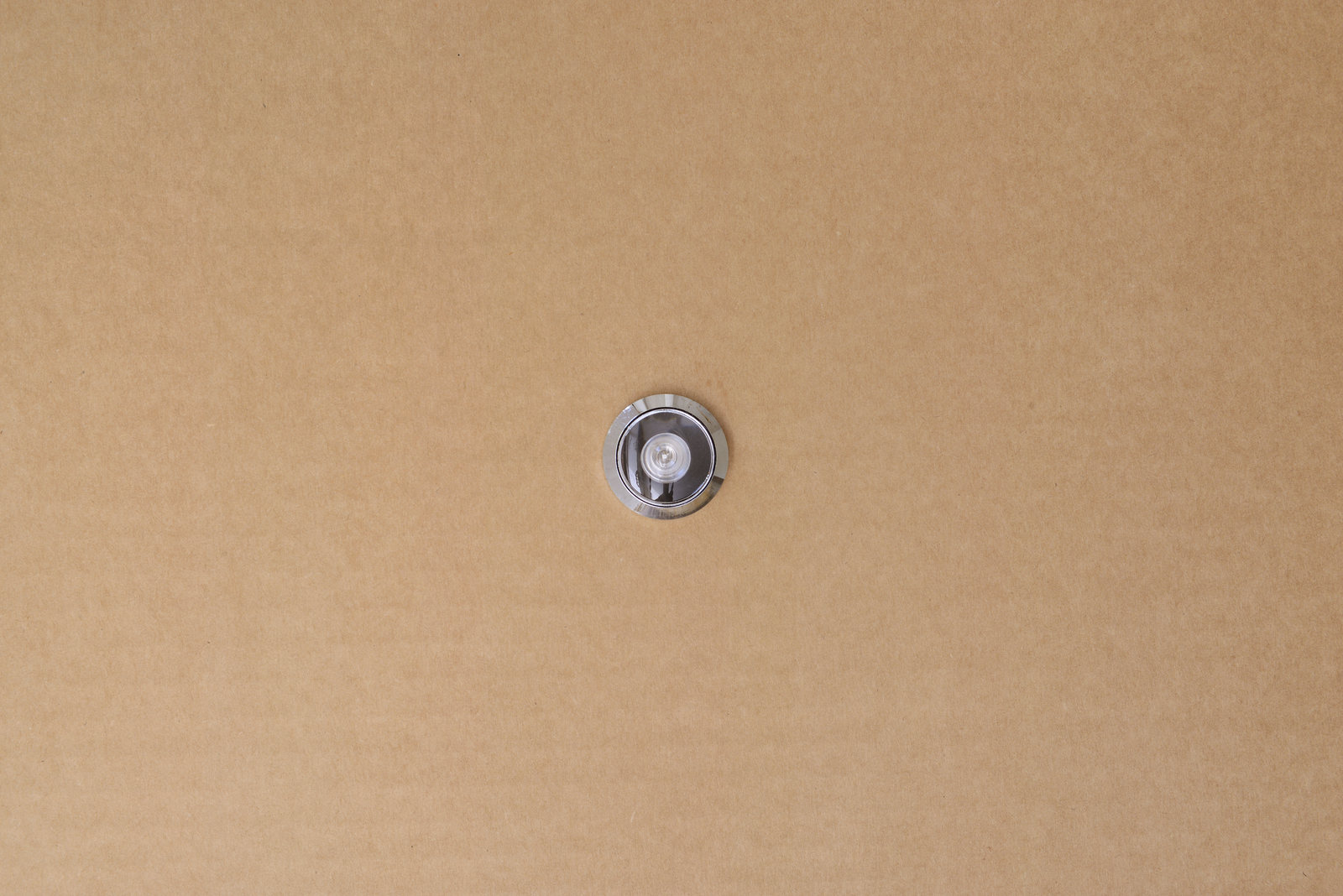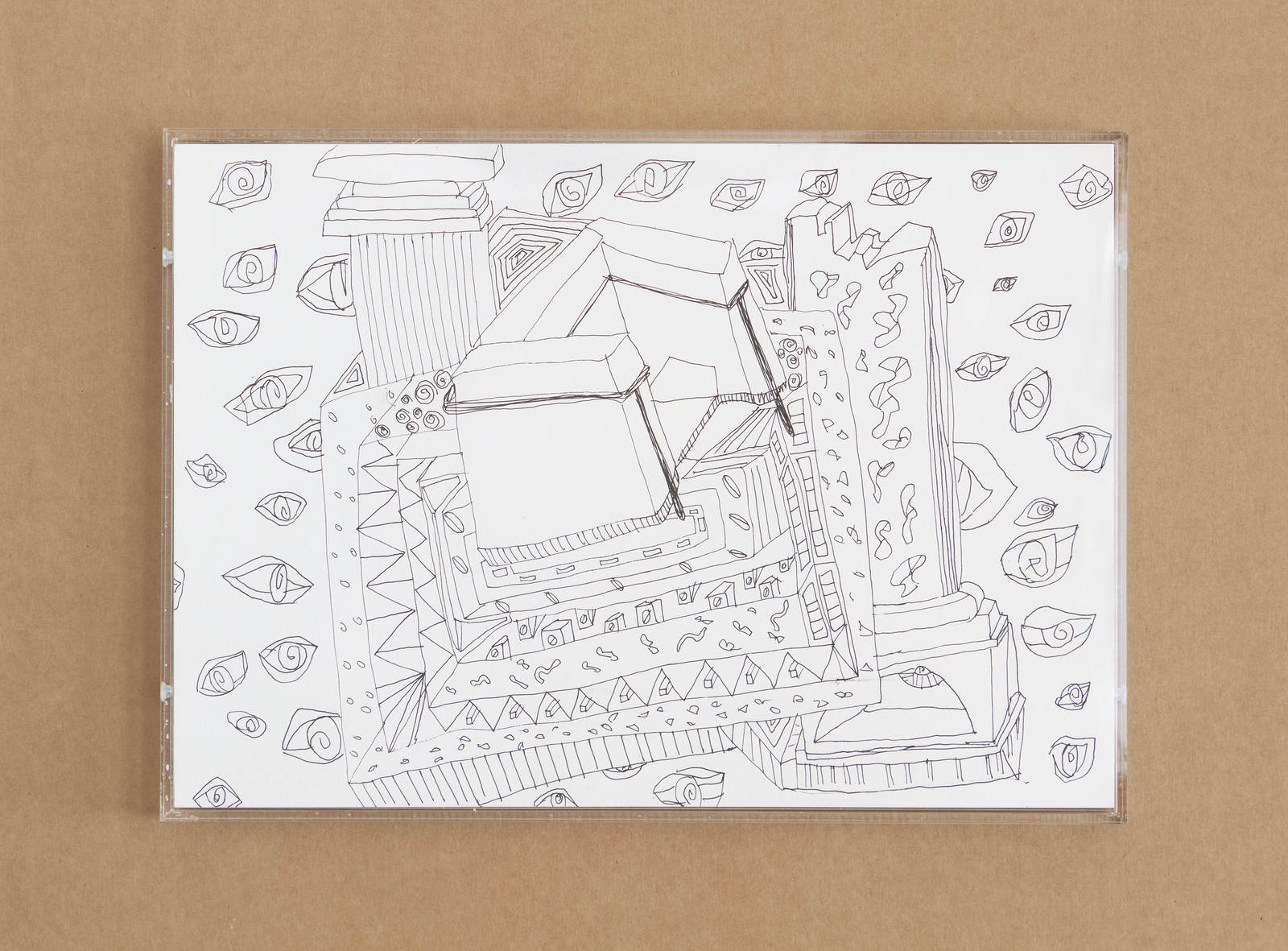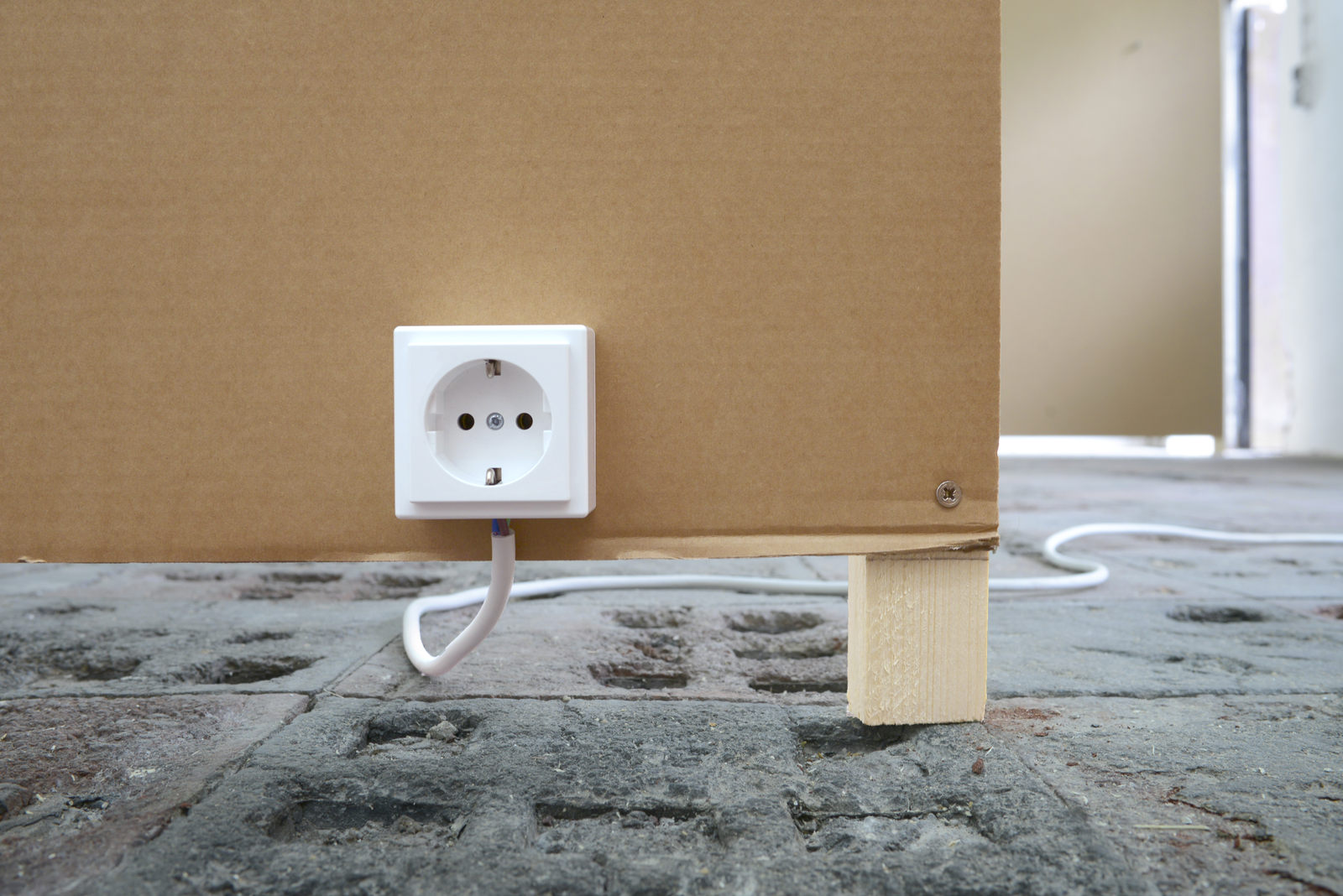Artist: Gina Folly
Exhibition title: Temporarily Unavailable
Venue: Ginerva Gambino, Cologne, Germany
Date: April 27 – June 24, 2017
Photography: all images copyright and courtesy of the artist and Ginerva Gambino, Cologne
Note: List of works can be found here
For several years now, Gina Folly‘s work has been devoted to the effects of cultural and social changes on the everyday realities, habits, and self-conception of the individual. While in her previous works, Folly thematized how these changes manifested in the relationship someone has towards their own body, her most recent exhibition project deals with the socio-economic implications of changes in the relationships between working and living spaces. Increasing mobility, automatization, and digitalization has had the noticeable effect of blurring the once distinct boundary between work and life, partly because these can no longer be defined in relation to distinct spatial or temporal parameters. Rather the loci of life and labour have become increasingly temporary, defined as constantly transforming structures determined by various forms of living and working together in different social constellations. Provisionally setting oneself up in new places with different people has become routine. Folly is interested in the individual habits people develop in order to constantly adapt to new contexts and create feelings of normality and familiarity.
In her exhibition Temporarily Unavailable at Ginerva Gambino, Gina Folly makes the provisional and temporary character of contemporary lifestyles, as well as their effects on artistic production, the subject of her work. Either as a cause or consequence of these circumstances, artistic production increasingly takes place within the framework of a specific project or context. Here, the question emerges, which role can be attributed to works which develop parallel to and independently from the goal-oriented, neoliberal mechanisms of the art world?
A group of drawings take center stage in the exhibition. They have developed independently of specific projects, like a journal, since 2013 and create their own context. With a quick stroke, as though drawn in a single line, Folly sketches interiors evocative of Surrealism and outlines a frivolous narrative—isolated, autarchic mouths, eyes, penises, and breasts become the aroused protagonists in M.C. Escher-like spaces and nebulous interiors in the style of Memphis Design. These isolated body parts are recurring motifs in Folly‘s work and are emblematic of the contact points of the body, where the external world and the inner life meet. The drawings develop in contemplative moments of withdrawal from everyday reality and bear witness to an excursus into her own fantastic world of thoughts.
Her previous exhibition, I want you to live in my city (Ermes-Ermes, March – May 2017, Vienna), was also devoted to a group of works (Basic Needs I-V, 2017), which has developed independently and irrespective of particular projects. For a series of short videos, which focussed on seemingly insignificant everyday moments, Folly built a series of dollhouse-like model exhibition spaces out of conventional cardboard moving boxes into which the videos were projected in miniature. A viewer can only look in from the bird‘s eye perspective of an uninvolved outsider
Whereas the filmic episodes of urban life were characterized by an outwards looking perspective, the drawings turn the gaze inwards and reproduce the interior projection of a subjective dreamworld. For this series, the artist also created a spatial structure out of cardboard. Here however, the structure is at the same scale as the exhibition space and represents the fragments of interiors into which the imaginary drawn spaces are embedded. The design of the interior modules is influenced by her investigations into individual methods of temporarily accommodating oneself.
The genesis of both groups of work—which have developed over a long period of time like diaries in contrast to dominant modes of productions and first find a determinate form retroactively—awakes associations with the romantic figure of the flaneur, who aimlessly and leisurely wanders through the city, recording their experiences image by image. This figure opposes a modern conception of time and the bourgeois work ethic—taking one‘s time becomes a political demonstration. Here, Gina Folly is following an approach which purposefully withdraws from goal-oriented models of art production and opposes the dominant modes of production with self-determination.
– Text by Anna Goetz
Gina Folly (*1983) lives and works in Basel. Her works have been shown in the following institutions and galleries: SALTS, Birsfelden; Ermes Ermes, Vienna; Almanac, London; The Duck, Berlin; Freymond-Guth, Basel; Galerie Bernhard, Zürich; Kunsthalle Basel, Basel; The Modern Institute, Glasgow et.al.
In 2013 she founded the artist space Taylor Macklin in Zürich, which she runs together with Selina Grüter and Michèle Graf.





















